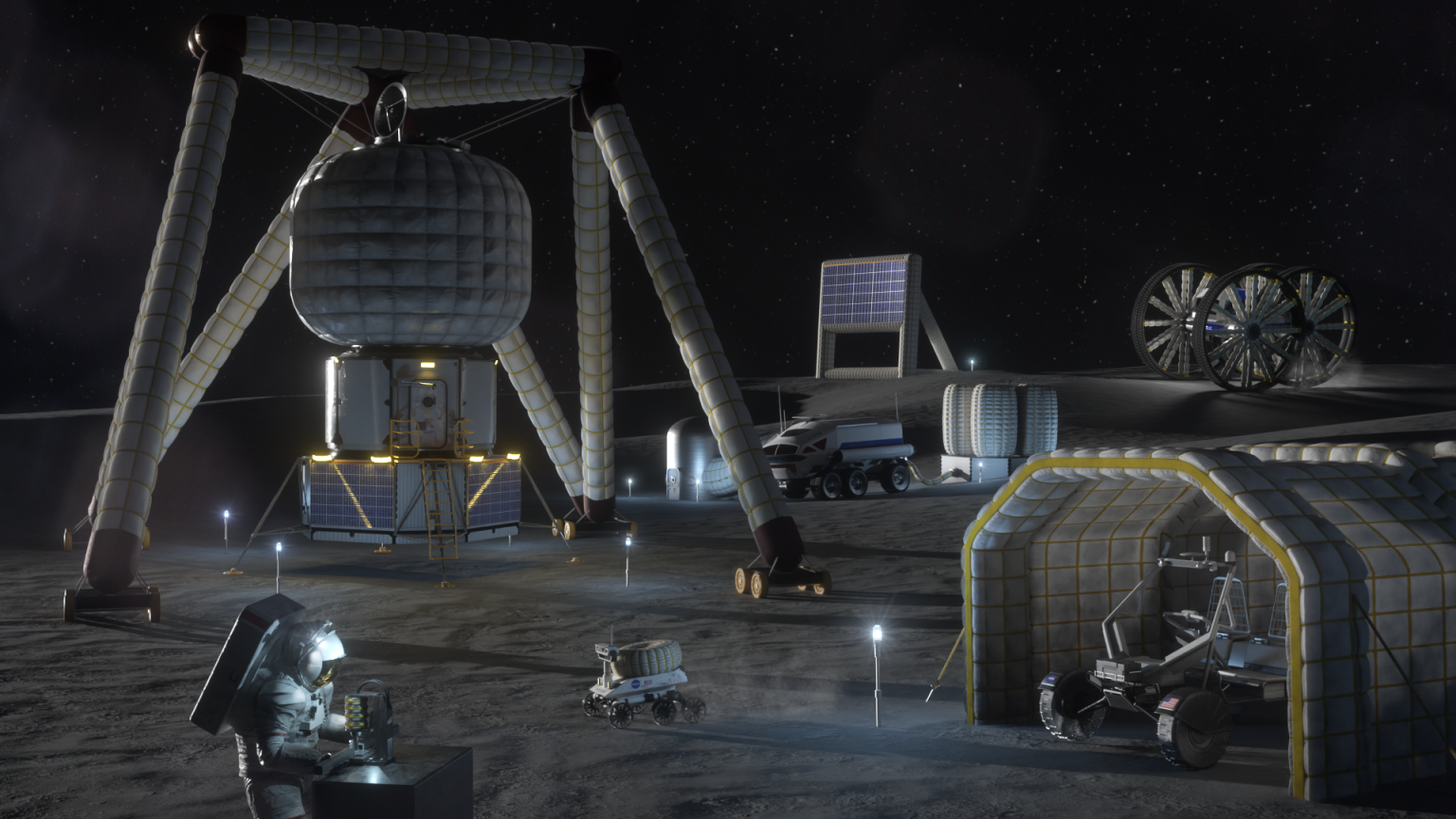In an era where space exploration is becoming increasingly sophisticated, NASA’s approach to tracking and aiding lunar missions stands out for its reliance on simple, yet innovative, technologies. Despite the complex challenges of navigating and mapping the Moon’s surface, NASA has demonstrated that efficiency and effectiveness in lunar exploration can often come from leveraging straightforward solutions.
Key Highlights:
- NASA’s use of RFMG technology for propellant gauging in spacecraft.
- The development of the KNaCK backpack for detailed lunar surface mapping.
- Advancements in lunar construction technologies for future Moon missions.
- The Lunar Reconnaissance Orbiter’s critical role in mapping and exploration.
- Integration of BMG gears in robotic arms for enhanced lunar surface operations.
Innovative Tracking and Mapping Technologies
One of the most notable examples of NASA’s simple yet effective technology is the Kinematic Navigation and Cartography Knapsack (KNaCK), a mobile lidar scanner designed like a backpack. This device uses frequency modulated continuous wave (FMCW) lidar to provide detailed maps of the lunar surface, enabling precise navigation even in complete darkness. The KNaCK project represents a significant step forward in making lunar exploration more accessible and efficient.
Propellant Gauging and Robotic Assistance
NASA’s exploration efforts are also supported by the development of new spacecraft propellant gauge technology, utilizing radio waves and antennae to accurately measure fuel levels. This innovation is critical for long-duration lunar missions, ensuring spacecraft can efficiently manage their resources. Additionally, the Cold Operable Lunar Deployable Arm (COLDArm) project aims to deploy robotic arms equipped with Bulk Metallic Glass (BMG) gears, designed to operate in the extreme cold of space, further enhancing the capabilities of lunar landers.
Lunar Surface Mapping with KNaCK
The Kinematic Navigation and Cartography Knapsack (KNaCK) showcases NASA’s innovative approach to lunar surface mapping. This technology, utilizing frequency modulated continuous wave (FMCW) lidar, enables astronauts to create real-time 3D maps. Such detailed topographical data is crucial for identifying safe landing sites, navigating the lunar surface, and planning the construction of lunar bases. The ability of KNaCK to operate in the absence of light addresses one of the significant challenges of lunar exploration – navigating the dark regions of the Moon, such as its polar craters where sunlight does not reach but potential water ice reserves exist.
Lunar Construction and Reconnaissance
The partnership between NASA and ICON is pioneering lunar construction technology, focusing on using local Moon materials for building structures. This initiative is part of NASA’s broader strategy to establish sustainable human presence on the Moon. Complementing these efforts, the Lunar Reconnaissance Orbiter (LRO) continues to play a pivotal role in lunar exploration, having created a comprehensive 3D map of the Moon’s surface, identifying potential landing sites and resources, including water ice.
NASA’s application of simple technologies for lunar exploration underscores a pragmatic approach to overcoming the challenges of space exploration. From innovative mapping systems and propellant gauging techniques to robotic assistance and construction technologies, these initiatives are critical for enhancing the efficiency and safety of lunar missions. As NASA continues to pave the way for a sustainable human presence on the Moon, the integration of these technologies will be instrumental in the success of future lunar explorations.








